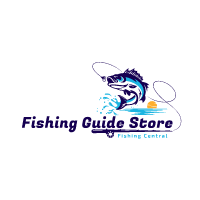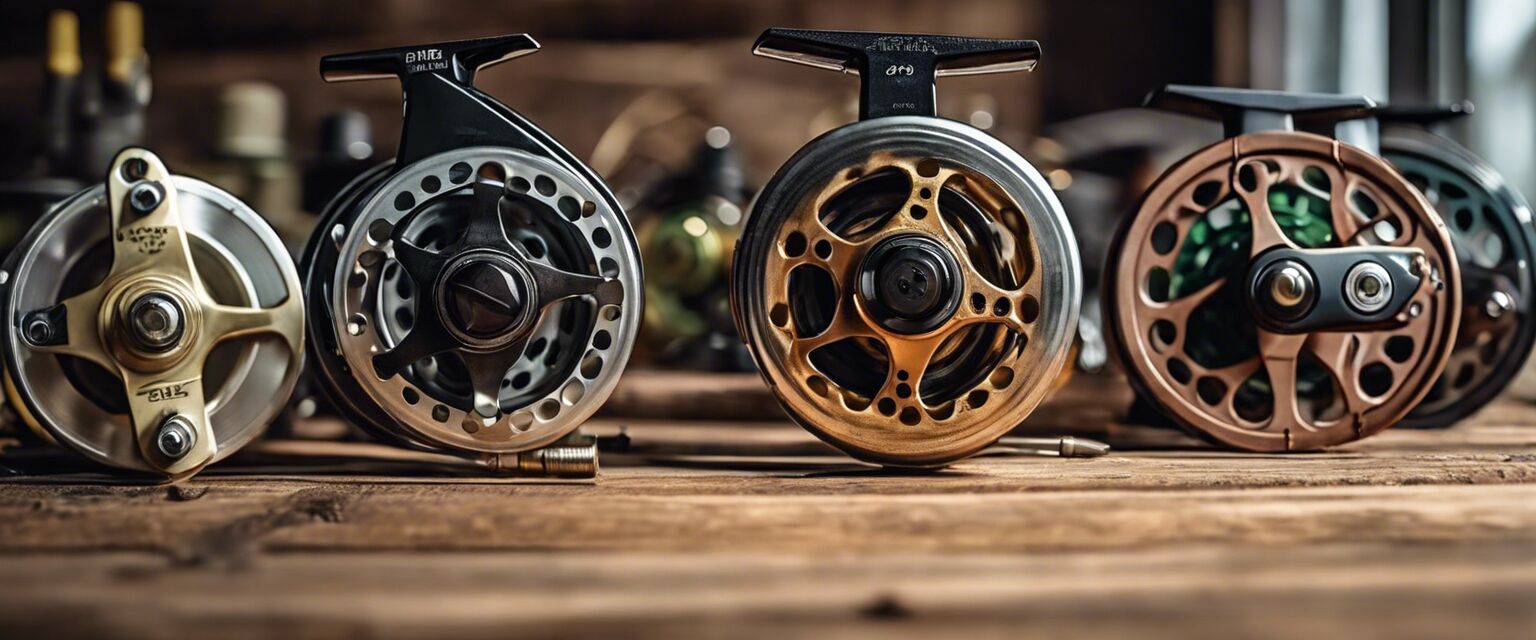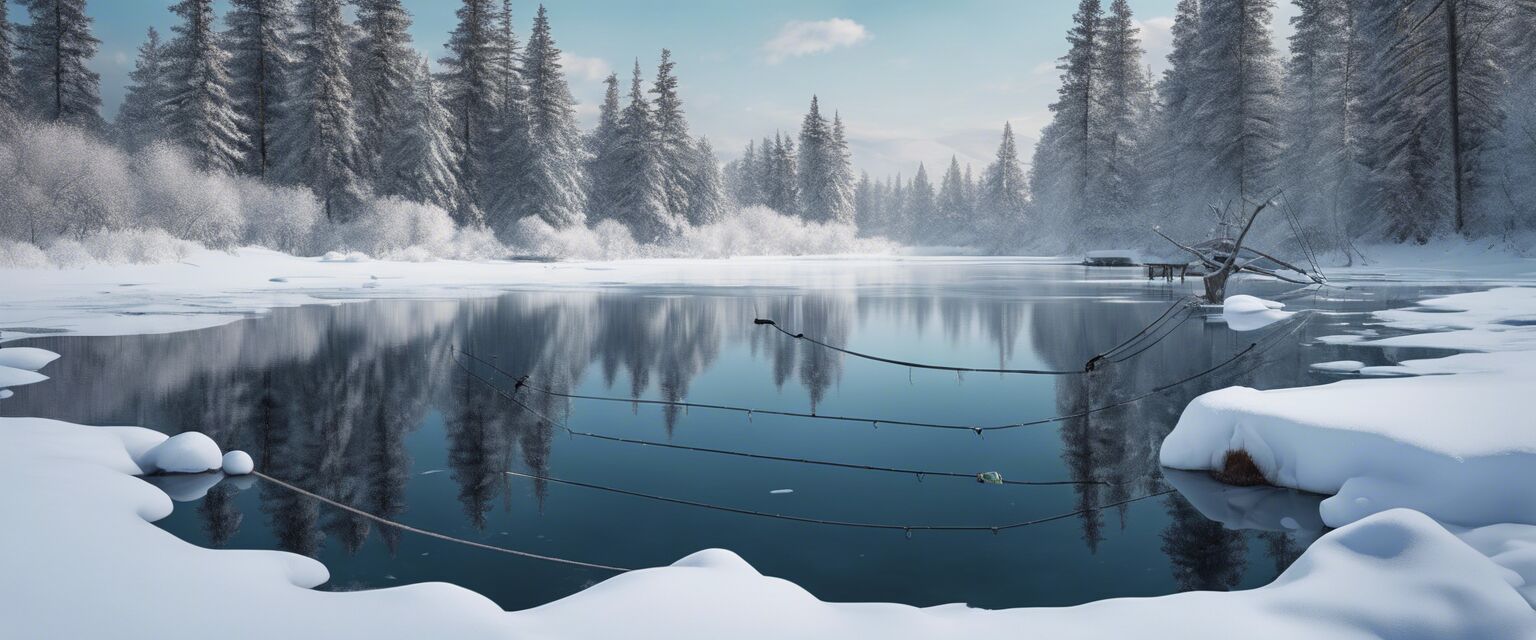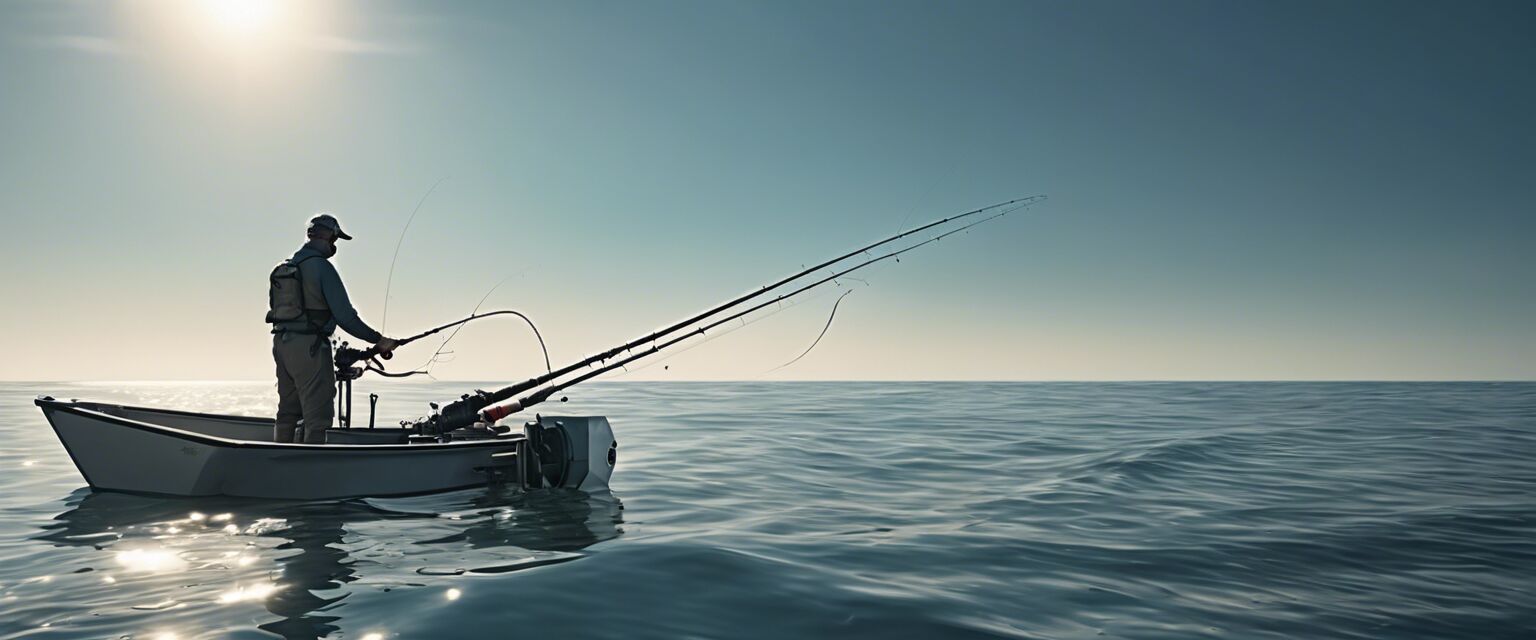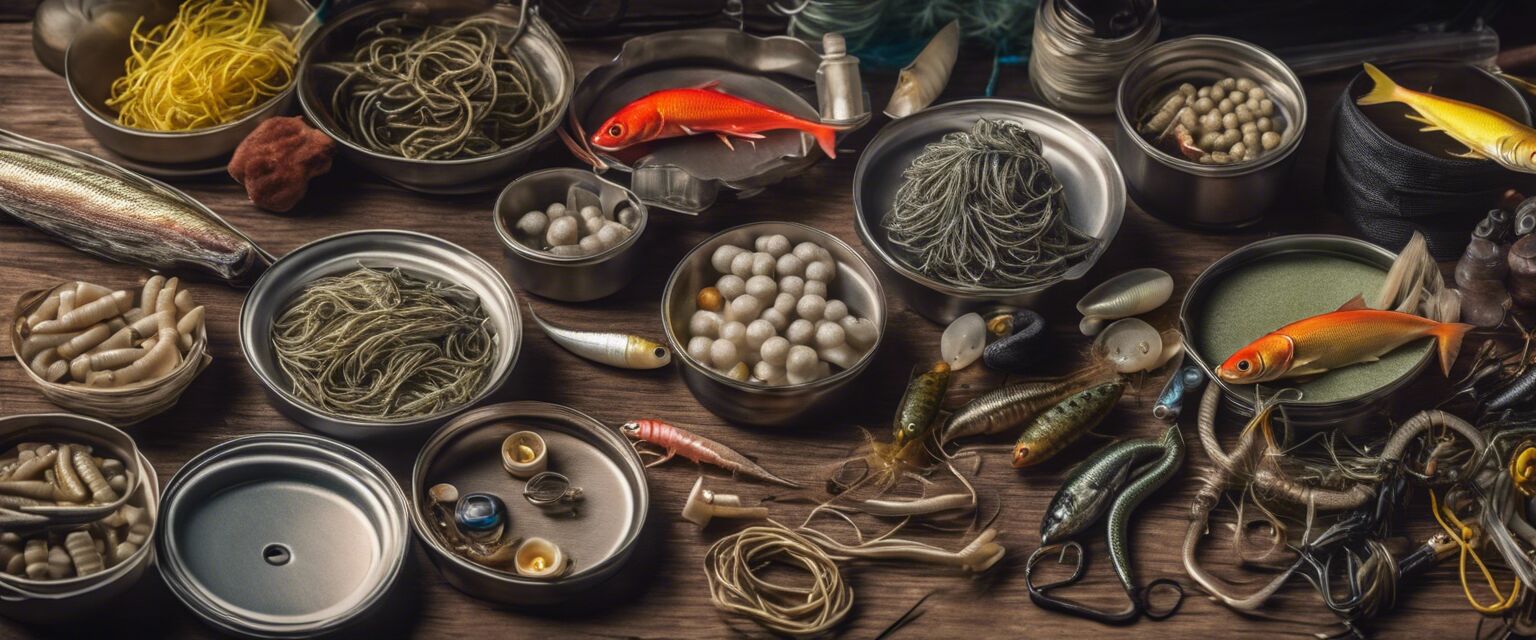
Fly Fishing
Key Takeaways
- Fly fishing is not just a technique; it's a method that requires specialized equipment.
- Understanding the local water, weather, and fish species is crucial for successful fly fishing.
- There are various techniques such as dry fly fishing, nymphing, and streamer fishing.
- Choosing the right locations can greatly enhance your fly fishing experience.
Fly fishing is an art form that combines skill, patience, and a deep connection to nature. This unique fishing technique differentiates itself from traditional fishing by utilizing lightweight flies to attract fish. In this comprehensive guide, we will cover the essential equipment needed, various fishing techniques, and the best locations for fly fishing. Letâs dive in!
Essential Fly Fishing Equipment
| Equipment | Description |
|---|---|
| Fly Rod | A specialized rod designed to cast lightweight flies with precision. |
| Fly Reel | Used to store the fly line and control the fish when caught. |
| Fly Line | A weighted line that helps to cast the fly efficiently. |
| Leaders and Tippet | Used to connect the fly to the main line and add flexibility. |
| Flies | Artificial lures that imitate insects or baitfish. |
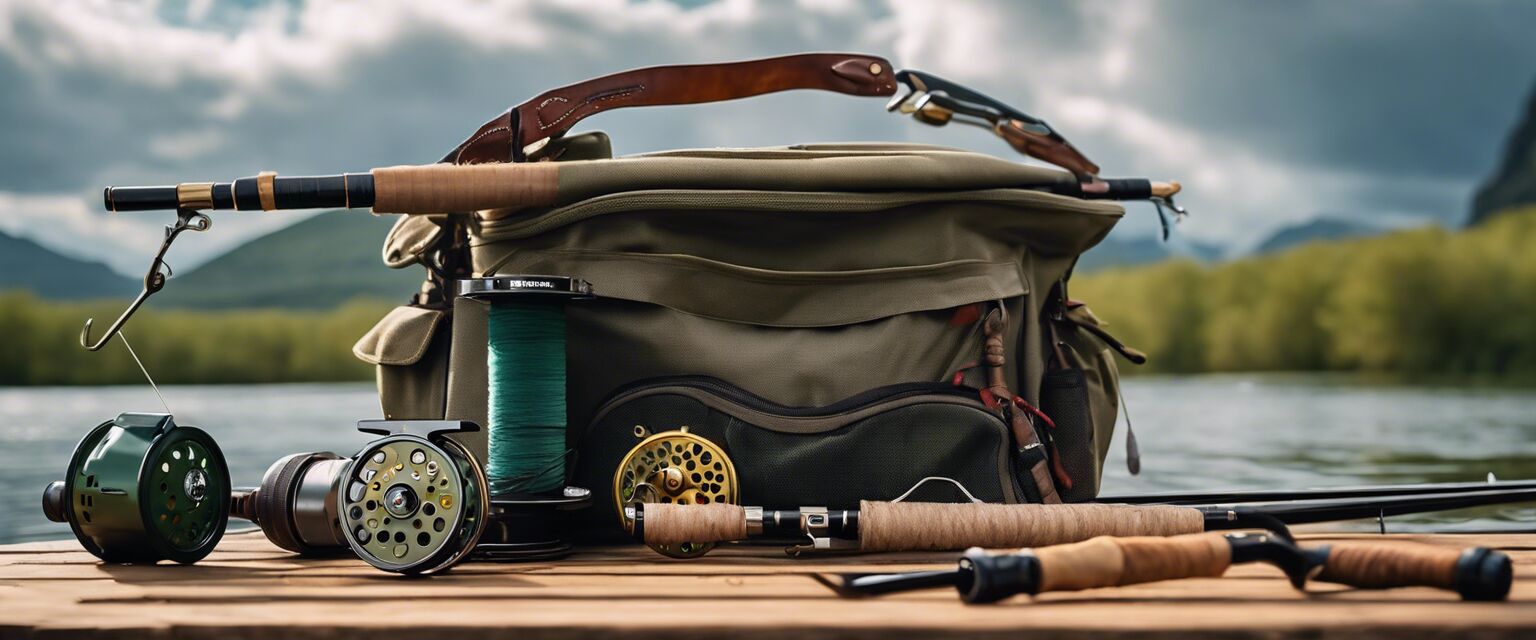
Fly Fishing Techniques
There are several techniques in fly fishing, each suitable for different conditions and fish species. Here are a few popular methods:
- Dry Fly Fishing: Casting a floating fly on the water surface, ideal for targeting fish that feed on insects.
- Nymphing: Fishing just below the surface with nymph flies. This technique can be very effective since many fish feed underwater.
- Streamer Fishing: Involves using larger flies to imitate baitfish, allowing for a more aggressive catch strategy.

Choosing the Right Location
Location plays a vital role in the success of your fly fishing adventure. Here are some popular locations:
| Location Type | Best Time | Fish Species |
|---|---|---|
| Freshwater Rivers | Spring and Fall | Trout, Bass |
| Mountain Lakes | Summer | Trout |
| Saltwater Flats | Late Spring to Early Fall | Tarpon, Bonefish |
Furthermore, understanding the local regulations and the time of year will help you choose the best days for catch success. If youâre keen on exploring more locations, visit our Fishing Accessories page.
Conservation and Ethics in Fly Fishing
Responsible fly fishing extends beyond just catching fish. It's about preserving the habitats and respecting the ecosystem. Here are some key principles to follow:
- Practice catch and release to ensure fish populations remain healthy.
- Always clean your gear to prevent the spread of invasive species.
- Follow local regulations and guidelines while fishing.
Pros
- Provides a peaceful way to connect with nature.
- Can lead to successful catches with the right technique.
- Encourages responsible conservation practices.
Cons
- Can require a significant investment in gear.
- Often requires more skill and practice compared to traditional fishing.
- Weather and conditions can greatly affect success rates.
Beginner's Tips for Fly Fishing
- Start with a basic setup to learn the ropes effectively.
- Attend local workshops or classes to gain hands-on experience.
- Join a community or forum to share experiences and advice.
Conclusion
Fly fishing is an immersive way to enjoy the great outdoors, providing both relaxation and challenge. By arming yourself with the right equipment and techniques, and respecting the environments you fish in, you can enhance your experience and foster a love for this unique sport. For more gear and accessories, check out our Fishing Rods or Bait and Lures sections!
